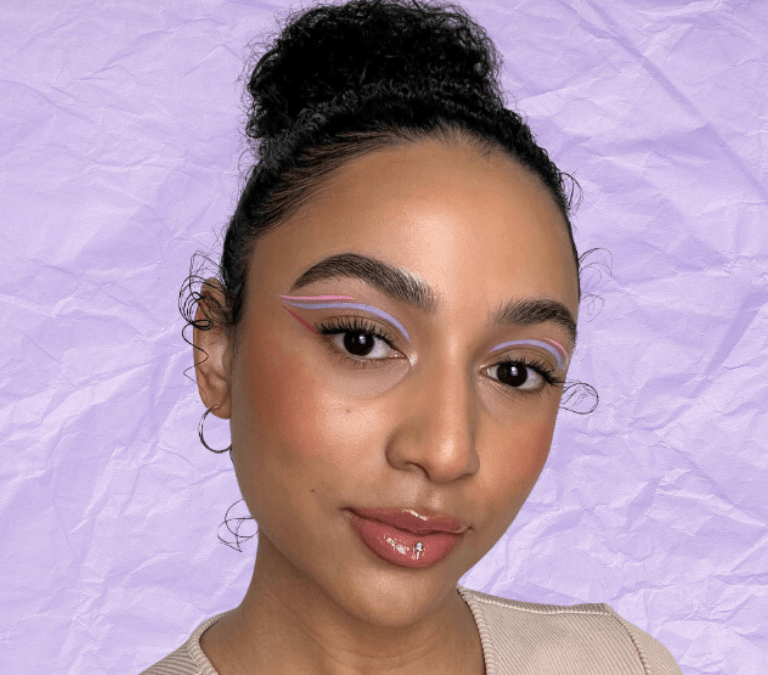
Eva Mendes is known for her acting skills, her love of fashion, and her many businesses. Now she’s experimenting with a new beauty ritual many aestheticians have been doing for years: dermaplaning.
[SEE ALSO: The Science Behind the Skin Cycling Trend]
Dermaplaning is a minimally invasive procedure for your skin where an aesthetician or dermatologist uses an angled scalpel to remove (aka: shave away) the top layer of your skin, including your hair.
Eva got her procedure done at the swanky Beauty Villa Vergara in Beverly Hills where they offer a multitude of luxuriousspa services. They also used other tools and creams to get her skin smooth, silky, and glowing.
But if you can’t hop on a plane to southern California, fret not. You can actually do this procedure on yourself at home. I would know since I’ve done dermaplaning on myself!
I started (self) dermaplaning a few years ago. And I did a lot of research before trying it. First, the tool itself. I decided to try Tinkle razors.
Once I received them, I then went on a YouTube rabbit hole of several tutorials by skin care experts. They explained, in detail, not only how to do the procedure but also how to do it safely. The razors are very sharp and there needs to be a lot of care taken when you are using a shaving tool on your skin.
Since I’ve already done the leg work, here’s the step-by-step way to dermaplane at home:
- Cleanse your face and make sure it’s dried thoroughly. I exclusively air dry but you can also use a clean towel to pat dry.
- Apply a toner. I like to use Thayers Witch Hazel in scent Rose Petal.
- Once your toner has dried, it’s time to start shaving. Hold your skin tightly and put the razor at a 45 degree angle on the side of your face. Then do gentle, downward strokes.
- After you’re done shaving, splash your face with cold water and then swipe cotton pads over it to remove any excess hair.
- Once your skin is dry, reapply your toner and moisturize. I also like to add a serum for extra moisture like Glossier Futuredew which has a silky finish I love.
While the above steps worked for me, it doesn’t mean it’ll work for everyone. Test a small patch of skin on your face to see how it reacts. Also, talk to a skincare specialist if you have reservations on doing it yourself.
Dermaplaning doesn’t only get rid of peach fuzz (scientifically known as vellus hair) it can also help to reduce the appearance of acne scars or other skin imperfections by revealing newer, undamaged skin. An added plus is makeup application which will go on a lot smoother when your face is newly shaved.
While many people, like Eva and myself, have enthusiastically had this procedure done (whether by an aesthetician or on your own) there is no one way to care for your skin. Embrace the peach fuzz or embrace dermaplaning, it’s your call!
For those that are curious, will you be trying dermaplaning on your skin?



